I have created a custom View Class that inherits from GADNativeContentAdView Class. When I receive an advertisement and the delegate is called, I fill my custom view with the data as shown below.
Everything looks fine but the problem is that it is not clickable at all. I tried to set the actionbutton userinteraction to false, but still won't work. I also tried to register using following:
-(void)registerAdView:(UIView *)adView clickableAssetViews:(NSDictionary *)clickableAssetViews nonclickableAssetViews: (NSDictionary *)nonclickableAssetViews;
Any idea how to get it to work?
- (void)setNativeContent:(GADNativeContentAd *)nativeContent
{
self.nativeContentAd = nativeContent;
headlineLabel.text = nativeContent.headline;
bodyLabel.text = nativeContent.body;
advertiserImage.image = ((GADNativeAdImage *)nativeContent.images.firstObject).image;
[actionButton setTitle:nativeContent.callToAction forState:UIControlStateNormal];
if (nativeContent.logo && nativeContent.logo.image)
{
advertiserLogo.image = nativeContent.logo.image;
}
else
{
advertiserLogo.image = advertiserImage.image;
}
NSDictionary *clickableArea = @{GADNativeContentHeadlineAsset:headlineLabel, GADNativeContentImageAsset:advertiserImage, GADNativeContentCallToActionAsset:actionButton};
NSDictionary *nonClickableArea = @{GADNativeContentBodyAsset:bodyLabel};
[nativeContent registerAdView:self clickableAssetViews:clickableArea nonclickableAssetViews:nonClickableArea];
}

